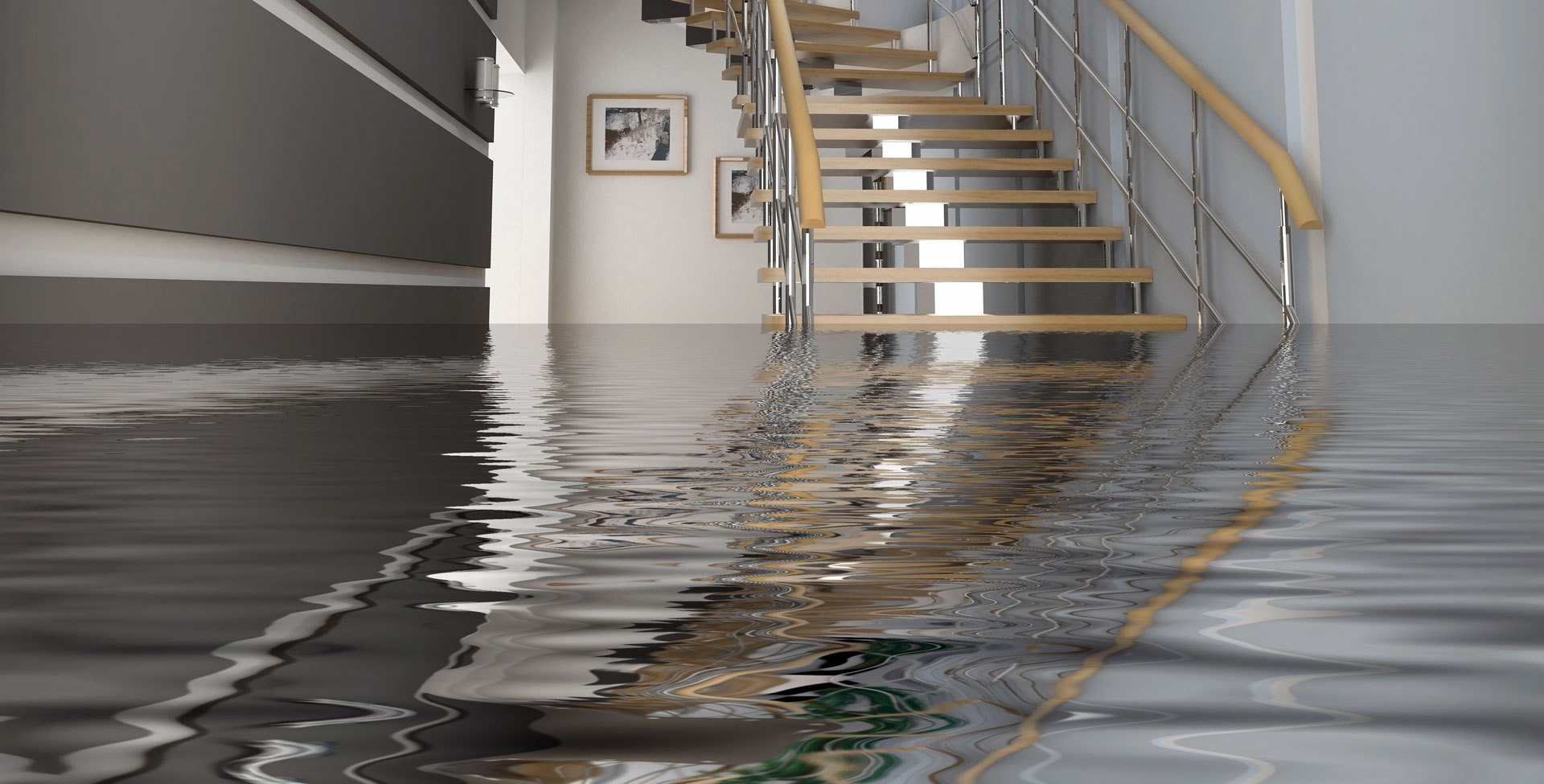
When water damage strikes your office, it’s not just a nuisance – it can bring your operations to a grinding halt. You’ll face disrupted workflow, equipment shutdown, and communication disruptions, all of which can lead to significant financial losses. The clock starts ticking the moment water starts seeping in, and every minute counts. Can you afford to lose valuable time and resources? What steps can you take to mitigate the risks and get your office back up and running quickly?
Immediate Effects on Office Operations
As soon as water damage hits your office, daily operations grind to a halt.
You can’t ignore the issue, as it disrupts your workflow, affects employee productivity, and impacts your bottom line. You’ll need to evacuate the area, shutting down critical systems and equipment to prevent further damage.
This means canceling meetings, delaying projects, and losing valuable work hours.
You’re likely to face significant disruptions to your communication systems, IT infrastructure, and data storage.
Water damage can destroy sensitive electronics, corrupt important files, and compromise your network security. Moreover, the risk of electrical shock or fire hazards increases, putting your employees’ safety at risk.
You’ll need to act quickly to mitigate these risks and prevent long-term consequences.
It’s essential to prioritize damage assessment, containment, and restoration to get your office up and running as soon as possible.
Hidden Dangers of Water Damage
Your office space may seem to be returning to normal after the initial chaos of water damage, but don’t be fooled – hidden dangers lurk beneath the surface.
You may think you’ve mitigated the issue, but water can seep into crevices, crawlspaces, and walls, causing long-term problems. Mold and mildew can grow rapidly, spreading spores throughout your office and putting your employees’ health at risk.
Structural damage can also occur, compromising the integrity of your building and leading to costly repairs down the line.
Additionally, water damage can compromise your office’s electrical systems, creating a fire hazard or shocking hazard.
You may not notice these issues immediately, but they can lead to devastating consequences if left unchecked. It’s crucial to hire a professional to inspect your office space thoroughly, identifying and addressing these hidden dangers before they become major problems.
Don’t assume everything is fine just because the water has been cleaned up – take proactive steps to ensure your office is safe and secure for everyone.
Financial Consequences of Neglect
You’re likely breathing a sigh of relief now that the initial cleanup is complete, but neglecting to address the hidden dangers of water damage can lead to a whole new set of problems – financial ones.
Failing to fix underlying issues can lead to ongoing expenses, from replacing damaged equipment to repairing structural damage. You may also face increased utility bills due to compromised insulation or inefficient HVAC systems.
Additionally, if you don’t take steps to prevent mold growth, you may need to pay for costly remediation services down the line.
Moreover, neglecting water damage can impact your business’s productivity and revenue. If you’re forced to close your office for repairs, you’ll lose valuable workdays and may struggle to meet deadlines.
This can lead to lost revenue, damaged client relationships, and a hit to your professional reputation. You may also need to pay for temporary relocation costs or rental fees for alternative workspaces.
Prevention Strategies for Office Spaces
Protect your office from water damage by taking proactive measures to prevent it in the first place.
Start by identifying potential sources of water damage, such as leaky pipes, appliances, and HVAC systems.
Regularly inspect these areas to catch any issues before they become major problems.
Make sure to fix any leaks or water damage immediately, and dry the area completely to prevent mold growth.
You should also install water-detection devices and shut-off valves to alert you to potential issues and stop water flow in case of an emergency.
Additionally, keep your office space clean and tidy, as clutter can hide signs of water damage.
Ensure that your employees are aware of the risks of water damage and know what to do if they spot any signs of it.
Quick Response and Restoration Tips
When water damage does occur, swift action is vital to minimize its impact on your office operations and finances.
You’ll want to act quickly to prevent further damage and get your business back up and running as soon as possible.
First, ensure everyone’s safety by evacuating the area and turning off the power if necessary.
Then, call a water damage restoration company or a plumber to fix the source of the leak.
Don’t try to tackle the cleanup yourself, as you may end up causing more damage or putting yourself at risk.
Next, document the damage by taking photos and videos for your insurance claim.
Move undamaged items to a dry area, and remove any wet items like carpets, furniture, or fixtures that can’t be salvaged.
Finally, get a restoration plan in place to restore your office to its pre-damage state.
Conclusion
You’ve seen the devastating effects of water damage damage on office operations. Now, it’s time to take action. By identifying and addressing potential sources of leaks, installing water-detection devices, and having a swift response and restoration plan in place, you can minimize downtime and financial losses. Don’t wait until it’s too late – take proactive steps to protect your office from water damage and ensure business continuity.
